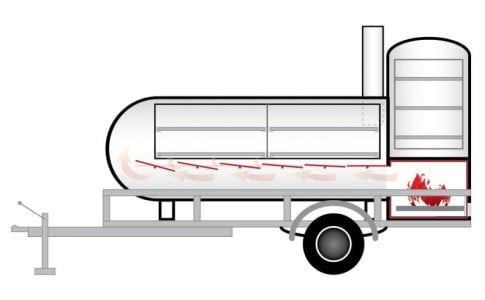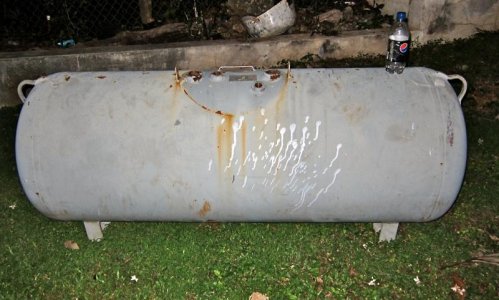Phrasty
Babbling Farker
Hey brethren. Been planning a 250 gal reverse flow build lately. Something similar to this: http://www.smokymtbarbecue.com/store/TS250_Barbeque_Smoker-pid-61-3.html What I'm curious of is what temperature ranges do the units of this size generally hit? What's the fuel usage like (lump)? And what design elements would I need to be able to hit the steady 300-325's? I want to have the options for fast cooks. My design... well not "MY" design, but my inherited... modified design is a Reverse flow, offset with tuning plates rather than solid sheet for the reverse flow plate. Here's an illustration I did to give a better idea... Do any of you see any flaws here or things I should be aware of? Thanks for the help. :becky:
Cheers
Cheers


